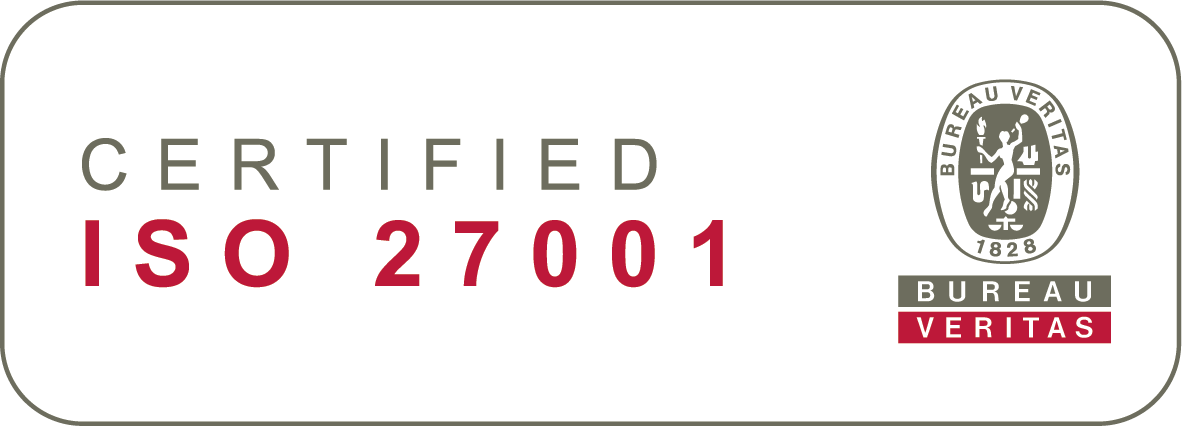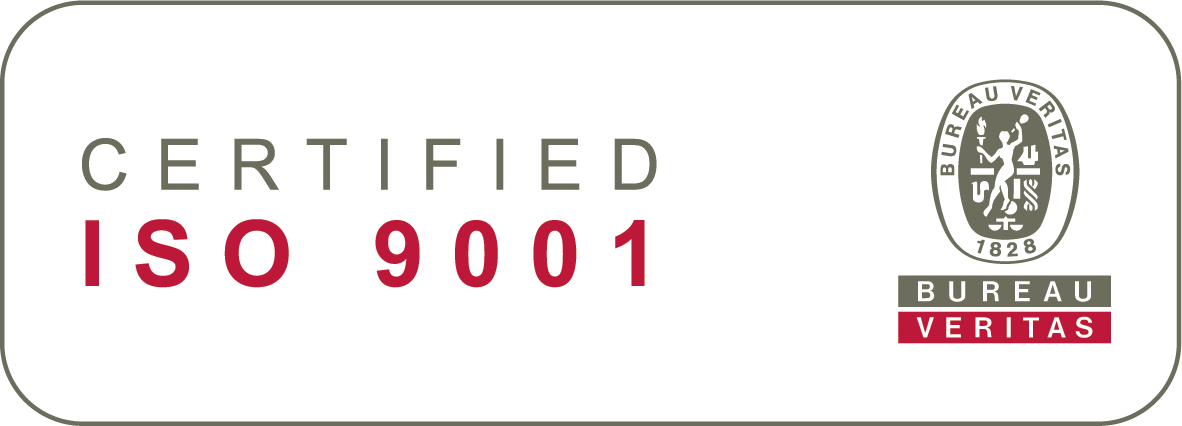What is remote work?
Simply put, remote work (or remote working) refers to the practice of working outside of a traditional work environment, be it a living room, a nearby coffee shop, train, or an off-site coworking space.
Remote work has been around for a while, but it’s fair to say it was a minority practice pre-2020. The exception quickly became the rule as 2020 progressed, with most organisations quickly shifting to a remotefirst work mode wherever possible.
It’s time for HR to build the future of work
On this page you will find 7 important measures to successfully implement partial or full remote work in your organisation.
This is really our moment. In the last crash, it was CFOs that saved us. This time it will be CHROs.
— Diane Gherson, Chief Human Resources Officer at IBM
Experience remote recruiting
Remote recruitment will save you time and money. It will also expand your candidate pool and enhance your candidate experience.
Larger talent pool
Geographical barriers no longer limit your chances to find top talent. Another benefit coming from this is more diversity in candidates.
Cost and time savings
Face-to-face interview planning is time-consuming. Everyone involved needs to be available at the right time at the same location. Remotely-hosted job interviews automatically make for a smoother process for both candidates and interviewers.
Stronger candidate experience
Structured remote recruitment = fast and transparent process. It leaves applicants with a great candidate experience and a positive image of your employer brand.
How to start hiring remotely?
Use a top of the art Applicant Tracking System (or ATS) and:
- Structure the process and centralise candidates’ information in one place
- Be GDPR compliant
- Introduce collaborative hiring
Build a structured remote onboarding program
Onboarding affects an employee’s motivation and feeling of belonging to their organisation.
Make it easy to access information
New recruits should be able to find answers to their questions without sending hundreds of emails or slack messages. You should have one central place for them to find information.
Make time
Stakeholders should be available to onboard new employees, and make sure they feel part of their team.
For instance, HR teams could schedule:
- a first 100 days template calendar
- catch-up new hire x manager sessions
- catch-up sessions between new hires and their teammates.
Work to help new recruits understand their new organisation’s values and strengthen team spirit.
Provide structured e-learning opportunities
Did you know that roughly 9 in 10 employees value training? Or that 3 in 4 employees would even learn outside of work hours to improve their performance?
In other words, your people want to learn new skills.
Map out your organisation’s current skills
Do you know everything your employees can and can’t do? Of course not. You’re only human.
Fortunately, HR teams now have technology at their disposal to map and keep track of their people’s skills. This is key to develop a working Talent Management Strategy that supports organisational goals.
Ask employees what they want to learn
There’s a strong chance that people have a priority list when developing their skills. Ask them what they’d like to learn!
Compare the results with the skills you know your organisation needs to grow, and prioritise learning.
Measure employee motivation
Happy employees are more efficient at work and are less likely to leave your organisation.
There are a couple of methods to measure employee motivation.
Ask employees
Use anonymous surveys. Ask for feedback on their work environment and what could be better.
Monitor your employees’ behaviour
Antisocial behaviour. An indicator of employee motivation, especially when working remotely, is how they interact with their peers. If you receive many warnings about someone in particular, you may need to approach them to discuss what could be wrong.
Unresponsiveness. Remote workers might feel disconnected. A warning sign could be the amount of interaction they have with their colleagues.
Use an HR system...
...to store and aggregate factual data, such as: The number of absences and shorter days. A growing number of absences might indicate a lack of motivation — or the autumn influenza peak. Either way, an HR system will help you see trends you should know about before things get out of hand. Similarly, employees gradually shortening their workdays might indicate a drop in motivation.
Support transparent communication
In a normal setting, clear communication is important. When remote work is involved, clear and transparent communication becomes vital.
Adopt asynchronous communication
Unless the matter is urgent, no one should feel pressured to be available round the clock for a quick call or a brainstorming session.
Re-evaluate how you approach meetings
Here are a couple of best practices we try to follow at Sympa:
- “Could this be an email?” - If yes, it’s not worth meeting.
- Suggest walk and talk meetings, when applicable.
- Set a default meeting time for 50min instead of 60min.
- Adopt Meeting-Free days.
Nurture your company culture
You need to ensure that workers AND remote workers feel like they belong in your organisation.
- Host remote team events to encourage interactions.
- Create a Slack channel to praise colleagues.
- Organise frequent company meet-ups, in real life.
Structure online appraisals with HR Tech!
Using an HR system, appraisals will be easier to carry out. For instance, a system like Sympa lets employees and managers save and access notes from previous conversations, thus preventing misunderstandings from one talk to another.
Centralise comms channels
Centralising communication, be it corporate news or daily chatter between employees, is key to building and maintaining group cohesion.
Centralise your people data
When at home, or on the move, seeking information can be complicated. Using a secure HR system to centralise your people data will give employees and managers more autonomy, and save countless hours for HR teams.
Hybrid work: bring the office closer to employees
No one expects all remote-compatible organisations to go full remote starting tomorrow. It wouldn’t be realistic.
A trend in the making as we’re getting back to the office is the birth of hybrid work (or the hybrid office).
What is it, and how to work on it?
97 % of those who have had the opportunity to work from home would like to continue doing so, at least from time to time. The idea behind the hybrid office is to re-invent the world of work for and with your employees.
- Where do they like to work?
- What’s most convenient for them?
- How do they picture your office space?
- Do they want to come to the office every day?
Asking such questions could mean significant cuts in your organisation’s operational costs.
For instance, instead of renting large office spaces, why not rent smaller spaces in which employees could work in rotation a couple of days each week?
An alternative could be to share an office space with a partner company and divide your time at the office.
Adopt data-driven HR
Prove the following popular saying wrong: “out of sight, out of mind.”
Less face-to-face interaction requires new skills to read key signals — from slight motivation drop to early signs of burnout — to keep supporting and focusing on your people, even from afar.
A well-functioning data-driven HR team relies on 2 key aspects:
The right tools
HR activities go far beyond hiring and firing people. However, without the right tools, HR pros might find it hard to step away from heavy processes to focus on what matters most: people.
With the right tools, such as a comprehensive HR System, HR teams can automate heavy processes and unlock time for their peers.
Training
Your HR team should be autonomous when it comes to leveraging data.
This is why we at Sympa provide a flexible and easy-to-use solution that works for HR teams.








